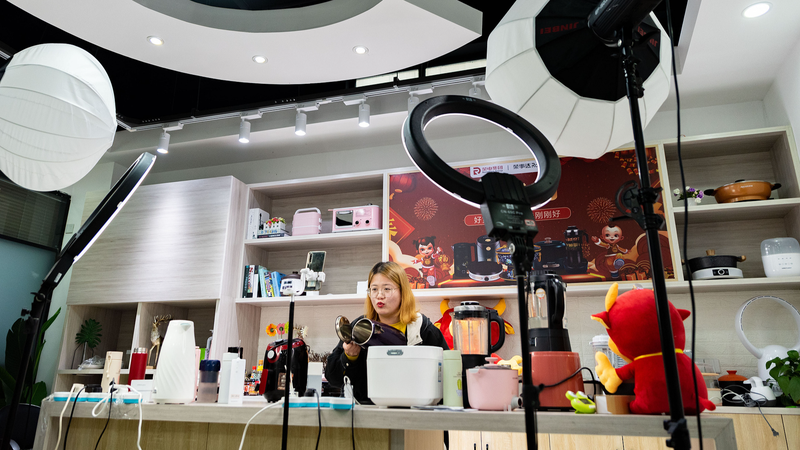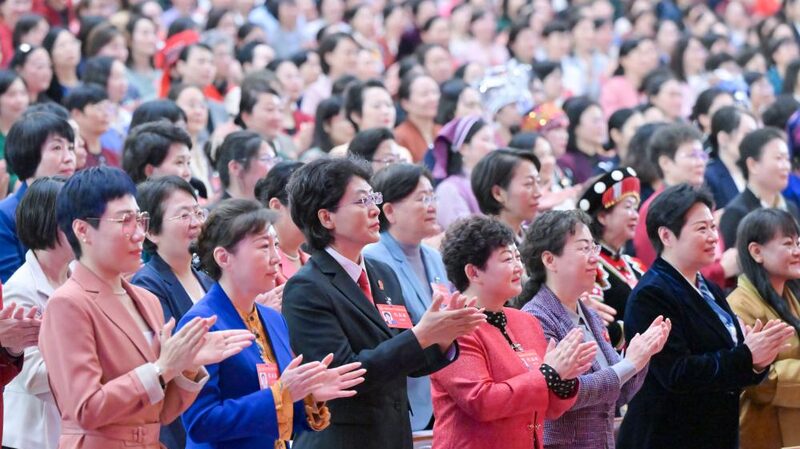As digital transformation reshapes Asia's economic landscape, women are emerging as pivotal players in bridging technological divides while confronting systemic barriers. From rural e-commerce entrepreneurs to AI researchers, millions are redefining their roles in a sector historically dominated by men.
New data reveals nearly 40 million women now work in science and technology across the Chinese mainland, comprising 45.8% of the sector's talent pool. This growth aligns with national strategies integrating gender equality into innovation policies, positioning women as architects rather than mere beneficiaries of progress.
Platforms like Taobao have become economic equalizers, with women founding over half of all online stores. In Sichuan and Yunnan provinces, farmers-turned-digital entrepreneurs export regional specialties globally through live-streamed sales. Meanwhile, female researchers publish groundbreaking work in biotechnology and machine learning at rates unseen a decade ago.
Yet challenges persist. A University of Oxford study highlights a 20% mobile internet usage gap between genders in developing nations. Algorithmic biases in hiring tools and financial services continue replicating real-world inequalities. "Technology mirrors society's contradictions," notes Jessica Durdu, a foreign affairs specialist. "Without intentional design, digital tools risk amplifying existing disparities."
As world leaders convene to mark the 30th anniversary of the Fourth World Conference on Women, Asia's experience offers crucial insights. State-backed initiatives supporting female-led startups and gender-inclusive education models demonstrate scalable solutions. The region's journey underscores a universal truth: achieving true digital equality requires rewriting code – both in software and social systems.
Reference(s):
cgtn.com








